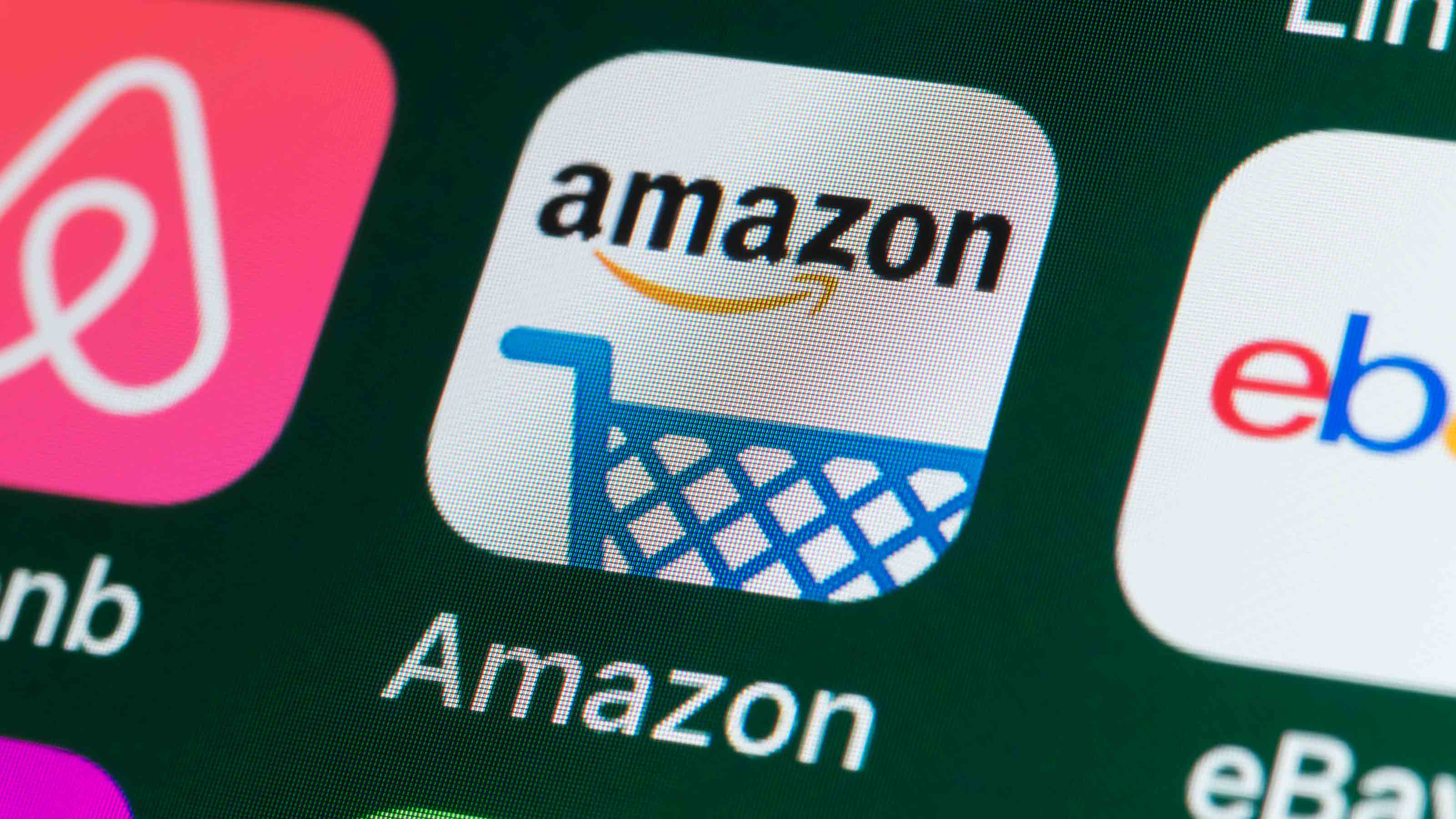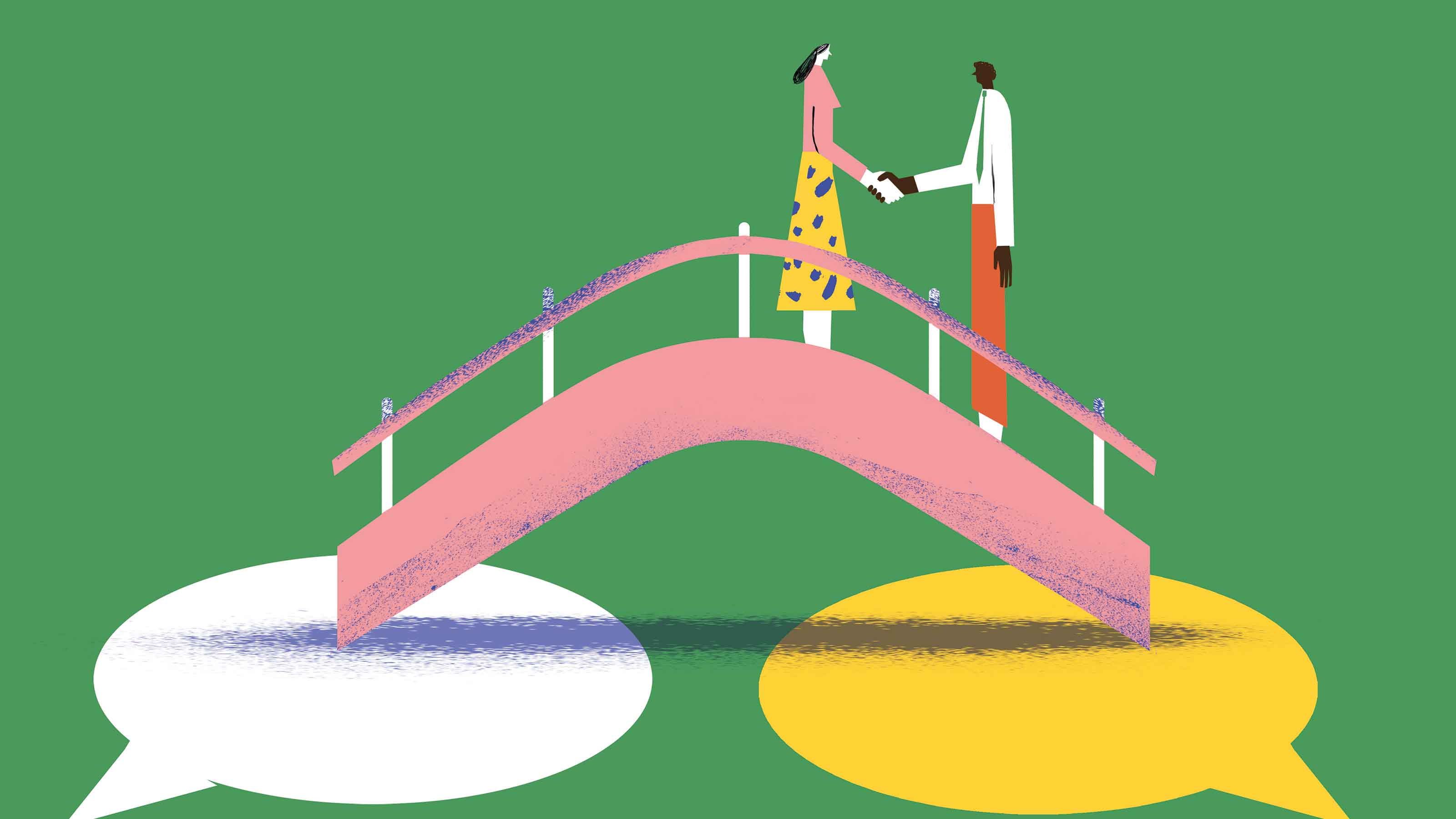4 Tips to Build a Better 401(k)
Keys to getting the most out of your plan.

The amount of money in your 401(k) could mean the difference between taking an annual cruise in retirement and having to move in with your kids. Here’s how to get the most from your plan.
Start saving early, and save as much as possible. “If you just increase your contributions by one percentage point a year, that will help you attain your goals,” says Daniel Lash, a certified financial planner in Vienna, Va. Of course, you’ll want to contribute at least enough to get the full employer match. Many experts say your retirement savings goal should be 15% of income, including any employer match.
Pay attention to fees. Fees for large 401(k) plans have gone down, but some employers are still charging too much. Enter your 401(k) funds’ ticker symbols at Morningstar.com and click the “purchase” tab to find out which share class your plan is offering. If the share class in your plan isn’t the lowest-cost available, ask your company why. Companies are required to disclose fees they extract from your account to cover administrative costs. You can find this information on your quarterly fund statement. You can also get an idea of how your plan’s costs compare with others of similar size at Brightscope.com.
From just $107.88 $24.99 for Kiplinger Personal Finance
Become a smarter, better informed investor. Subscribe from just $107.88 $24.99, plus get up to 4 Special Issues

Sign up for Kiplinger’s Free Newsletters
Profit and prosper with the best of expert advice on investing, taxes, retirement, personal finance and more - straight to your e-mail.
Profit and prosper with the best of expert advice - straight to your e-mail.
If your employer turns a deaf ear to requests for lower-cost options, you may want to limit the amount you invest in your plan. Contribute enough to get the match and invest the rest of your savings in a low-cost Roth IRA.
Don’t treat your 401(k) like an ATM. Early withdrawals can leave a permanent hole in your 401(k) plan. You’ll pay income taxes on the money, and you will likely owe a 10% early-withdrawal penalty if you’re still working. Most 401(k) plans offer loans, but if you leave your job before you repay the loan—either by choice or because you lose your job—you’ll usually have just 60 to 90 days to pay off the balance. Otherwise, you’ll have to pay taxes on the balance, plus a 10% early-withdrawal penalty if you’re younger than 55 at the end of the year you leave your job. Plus, the amount you borrow won’t be invested in the market.
If your employer doesn’t offer a 401(k) plan, ask why. Meghan Murphy, director of workplace programs for Fidelity Investments, says she has visited start-up companies that offer perks ranging from dog grooming to cold-brew coffee—but no 401(k) plan. A survey by the Pew Charitable Trusts found that one-sixth of employers that don’t offer a 401(k) plan believe their employees aren’t interested in having one. Tell your boss that you value a retirement plan even more than free caffeinated beverages. If you work for a small company, you may have a better chance of finding someone in management who will listen to your concerns, Murphy says.
Profit and prosper with the best of Kiplinger's advice on investing, taxes, retirement, personal finance and much more. Delivered daily. Enter your email in the box and click Sign Me Up.
-
 Forget FIRE: Why ‘FILE’ Is the Smarter Move for Child-Free DINKs
Forget FIRE: Why ‘FILE’ Is the Smarter Move for Child-Free DINKsHow shifting from "Retiring Early" to "Living Early" allows child-free adults to enjoy their wealth while they’re still young enough to use it.
-
 7 Tax Blunders to Avoid in Your First Year of Retirement
7 Tax Blunders to Avoid in Your First Year of RetirementA business-as-usual approach to taxes in the first year of retirement can lead to silly trip-ups that erode your nest egg. Here are seven common goofs to avoid.
-
 How to Plan for Social Security in 2026's Changing Landscape
How to Plan for Social Security in 2026's Changing LandscapeNot understanding how the upcoming changes in 2026 might affect you could put your financial security in retirement at risk. This is what you need to know.
-
 Five Ways to Save on Vacation Rental Properties
Five Ways to Save on Vacation Rental PropertiesTravel Use these strategies to pay less for an apartment, condo or house when you travel.
-
 How to Avoid Annoying Hotel Fees: Per Person, Parking and More
How to Avoid Annoying Hotel Fees: Per Person, Parking and MoreTravel Here's how to avoid extra charges and make sure you don't get stuck paying for amenities that you don't use.
-
 How to Appeal an Unexpected Medical Bill
How to Appeal an Unexpected Medical Billhealth insurance You may receive a bill because your insurance company denied a claim—but that doesn’t mean you have to pay it.
-
 Amazon Prime Fees Are Rising. Here’s How to Cancel Your Amazon Prime Membership
Amazon Prime Fees Are Rising. Here’s How to Cancel Your Amazon Prime MembershipFeature Amazon Prime will soon cost $139 a year, $180 for those who pay monthly. If you’re a subscriber, maybe it’s time to rethink your relationship. Here’s a step-by-step guide to canceling Prime.
-
 How to Haggle for Almost Anything
How to Haggle for Almost AnythingSmart Buying Learning how to haggle is an invaluable skill. These strategies will help you negotiate a better price for just about any product or service.
-
 Disability Insurance Can Provide COVID Coverage
Disability Insurance Can Provide COVID CoverageCoronavirus and Your Money If you are concerned about long-term complications from COVID-19, consider disability insurance coverage.
-
 21 Things You Can't Return to Amazon — Either Online or In-Store
21 Things You Can't Return to Amazon — Either Online or In-StoreDid you know there are things you can't return to Amazon? Before adding these 21 items to your cart, be sure to read Amazon's return policy first.
-
 How to Avoid a Charity Scam
How to Avoid a Charity Scampersonal finance Scammers never quit, even when you're trying to be altruistic. But you can avoid getting duped if you do your homework.